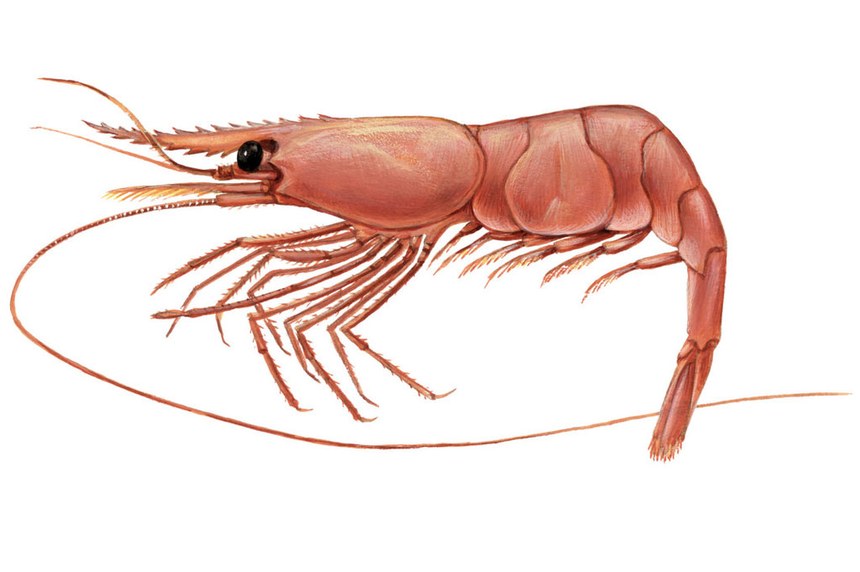Overview
Fisheries are composed of one or more parts, each of which is entitled to receive an MSC certificate. These parts or “units” are defined by their target stock(s), fishing gear type(s) and if relevant vessel type(s), and the fishing fleets or groups of vessels.
Attention
Some or all units that participated in this fishery are now covered by another assessment. Please see the Joint demersal fisheries in the North Sea and adjacent waters for more information.
Catch by Species
| Species | Reported Catch Year | Metric Tonnes |
|---|---|---|
| Northern prawn (Pandalus borealis) | 2017 | 2,173 |
Information is provided by an independent Conformity Assessment Body as live weight (the weight of species at the time of catch, before processing) and where a fishing season covers multiple years, the end year is given as the reported catch year. Additional information is available in the latest report, see the assessments page.
Eligibility, client groups and vessel lists
A fishery may choose to define the members of the fishery certificate. These members can be vessels or other client group members (e.g. companies that own vessels and/or companies that are named as eligible to handle certified product covered within the fishery certificate scope). Please refer to the fishery certificate statement on additional product specific eligibility criteria (e.g. product eligibility limitations, eligibility date, exclusive points of landing and the point where Chain of Custody certificate is required). Please consult the fishery Public Certification Report for product eligibility rationale.
| Documents | Published on | Files |
|---|---|---|
| Vessel List | 11 Jun 2018 | 1 files |
About this Fishery
This fishery is located in the North Sea, in Swedish, Danish and Norwegian waters. It is managed jointly by Norway and the EU, and advised by ICES.
The vessels in the fleet use twin bottom trawls to target Pandarus borealis, better known by names including pink shrimp, deep-water prawn, deep-sea prawn, great northern prawn, crevette nordique and northern shrimp. The species is found at depths from 20-1,330 metres, usually on soft muddy bottoms, in waters with a temperature of 0-8°C.
Individual prawns are hermaphrodite, starting as males before turning into females after one or two years. Males can reach a length of 120mm, females 165mm; and their lifespan can extend to eight years.
The fishery has mainly been managed with a TAC system since 1992. Vessels are also obliged to use gear with a minimum mesh size (35mm), a grid with a maximum bar spacing of 19mm in the Skagerrak, and restrictions on by-catch landing are in force. 2015 saw a catch of 3,005 tonnes.
Deep-water prawn (Pandalus borealis) image © Scandinavian Fishing Year Book
Market Information
Raw prawns are delivered to a production plant in Skagen, Denmark, where they are processed for domestic and international consumption. Pandarus borealis’ carapace is a source of chitosan, a chemical used for a range of applications including treating bleeding wounds, filtering wine, and improving organic soil.
